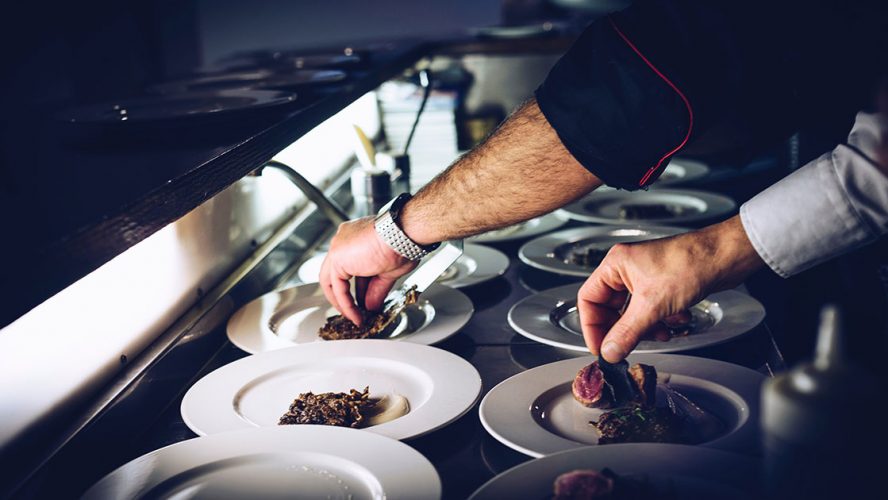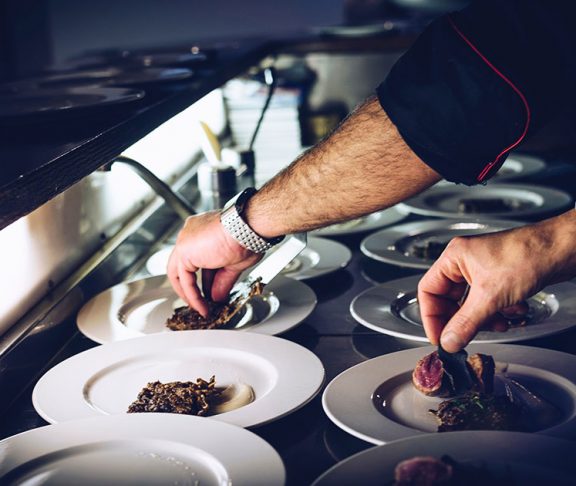A colleague recently told me, “We’re getting food that’s coming out of the ground and going right into our labs. Students are developing an understanding of the growing season, basic food costs and how that translates into what they put on the table.”
Starting with students
More than ever, food sustainability is becoming embedded in culinary education.
There’s more to it than instructing students not to be wasteful. They need to be taught to think about what they’re doing and to be aware of their ingredient choices. Whether produce, seafood or livestock, students should learn to consider the sourcing of their ingredients. Is it local? Does it make ecological sense? What are the economic and social impacts of what is used and what isn’t? To give a practical structure to these considerations, many students get to know local growers by touring, harvesting and even preparing meals at nearby farms.
My colleague also said that, “[The students] quickly learn that local food is fresher, higher quality food. A tomato picked at the peak of ripeness and used immediately makes all the difference in the taste of a recipe, while minimally impacting the environment.”
New learning experiences
A number of schools have also created teaching gardens, allowing chef instructors and students to use ingredients grown right on campus. The garden serves as a classroom where students can compare the taste and nutritional content of picked-versus-trucked produce. Dozens of varieties — global and local — of fruits, vegetables, herbs and legumes go directly from the garden to the kitchen, reducing our carbon footprint and enhancing flavor and freshness.
Finally, students are learning how to completely incorporate every ingredient to fight food waste. Whether it’s the dozens of test pies, brownies and cookies from baking and pastry classes, or extra cuts of meats, conscious efforts must be made to throw little away and compost often. Programs are even being developed to distribute extra restaurant-grade cuisine to the hungry, feeding those in need and keeping thousands of pounds of waste out of landfills.
Sustainability is no longer a nice-to-have adjunct to what we teach, but rather an essential ingredient of a 21st-century culinary education.

